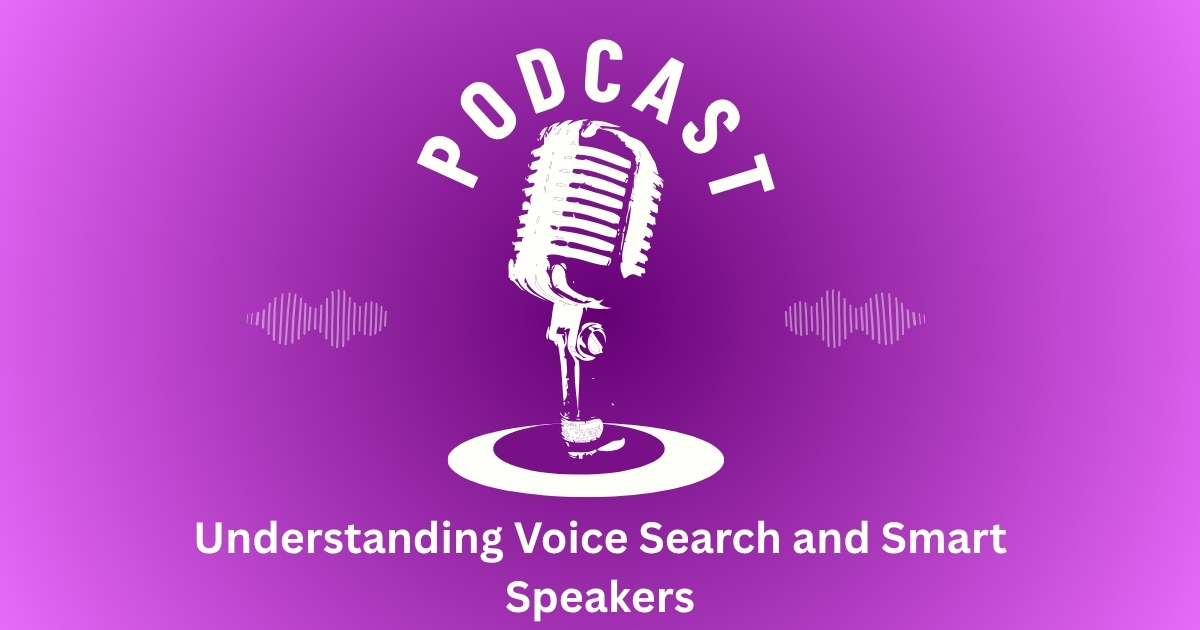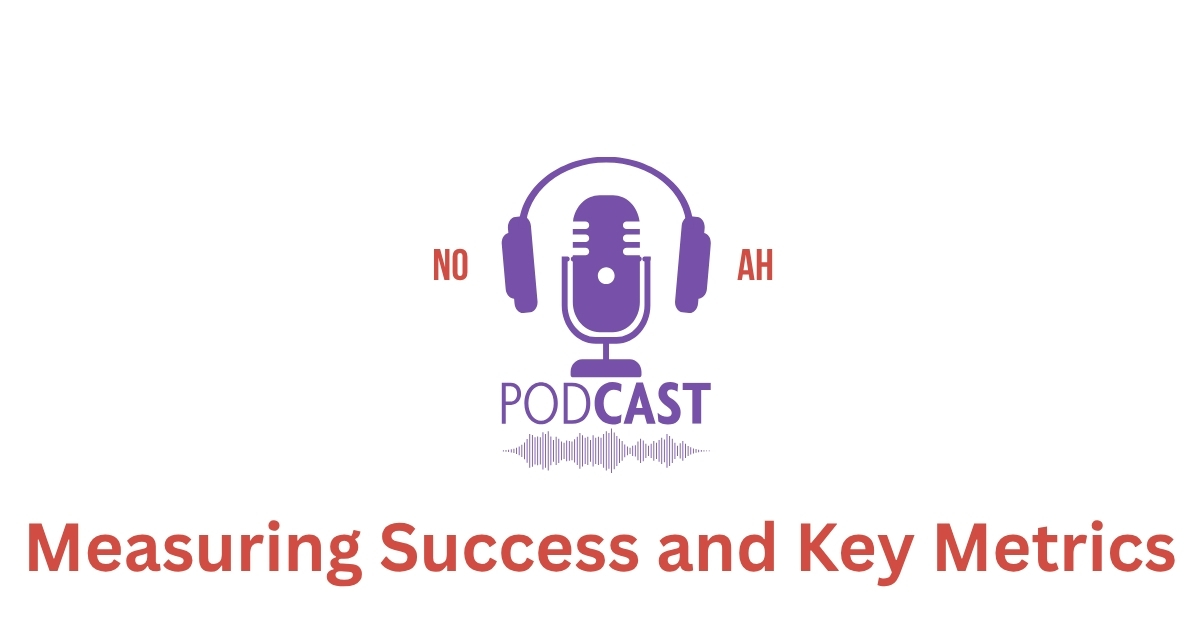Understanding Voice Search and Smart Speakers

Voice search enables users to speak queries instead of typing them, leveraging natural language processing to deliver spoken or displayed answers. Smart speakers combine voice assistants with hardware, allowing hands-free interaction throughout the home or office. Together, they represent a shift toward conversational, intent-driven search that demands new optimization techniques and content formats from inbound marketers.
Why Voice Search Matters for Your Inbound Strategy
Statistics show that billions of voice searches occur monthly, with a projected increase as smart speaker adoption grows. Voice queries account for nearly 20 percent of mobile searches, and people use voice assistants for tasks ranging from weather updates to local business searches. Ignoring voice search risks missing a significant slice of your target audience and ceding opportunities to more advanced competitors.
Optimizing Your Content for Voice Queries
Content optimized for voice must mirror natural speech patterns. Focus on question-based keywords, long-tail conversational phrases, and clear, concise answers. Break out frequently asked questions (FAQs) on your site and structure them in an easy-to-scan format. Use schema markup to help search engines identify answers and serve them as voice snippets. Remember to:
- Research natural language queries using tools like AnswerThePublic and Google’s “People Also Ask”.
- Create a dedicated FAQ or Q&A section around high-intent topics.
- Write conversational copy that directly answers common questions within the first 30 words.
Creating Conversational and Question-Based Content
To connect with voice searchers, craft content with a natural, human tone. Use first- and second-person pronouns and spell out questions in headings. For example, instead of “Best Inbound Marketing Tactics,” use “What Are the Best Inbound Marketing Tactics?.” This approach aligns your copy with how users actually speak and increases the likelihood of being chosen as the voice response.
Technical SEO Considerations for Voice Search
Beyond content, technical SEO plays a critical role. Ensure fast page load times, implement SSL certificates, and optimize for mobile responsiveness. Use structured data (JSON-LD) to highlight business hours, contact info, reviews, and product details. Voice assistants pull data from featured snippets and knowledge panels, so maintaining accurate and up-to-date business listings across Google My Business, Apple Maps, and other directories is essential.
Leveraging Smart Speaker Platforms
In addition to web-based voice search, consider building custom skills or actions for major smart speaker platforms. Developing an Alexa Skill or Google Action allows you to deliver branded voice experiences, such as quick product lookups, guided tutorials, or lead capture quizzes. Promote these skills through your website, social channels, and email campaigns to expand engagement beyond traditional channels.
Measuring Success and Key Metrics

Tracking voice search performance requires integrating specialized analytics. Monitor metrics like voice query volume, completion rates for voice flows, and conversions from voice-driven sessions. Use Google Search Console to identify top-performing questions and impressions, and leverage platform-specific dashboards (Alexa Skills Kit, Actions Console) to measure user engagement and retention.
Case Studies: Real-World Examples
Brands across industries have capitalized on voice search. A local pizza chain saw a 30% increase in phone orders after optimizing its menu page for voice queries. A healthcare provider reduced missed appointment rates by implementing an Alexa skill that allowed patients to confirm or reschedule visits via voice. These examples underscore how targeted, voice-optimized experiences can drive real business outcomes.
Challenges and Future Trends
Voice search poses unique challenges: ambiguity in user intent, regional dialect variations, and limited multi-device tracking. However, advancements in AI and conversational UX promise more personalized voice experiences. Looking ahead, expect deeper integration of voice with IoT devices, enhanced voice commerce capabilities, and new privacy regulations shaping how voice data is used in marketing.
Conclusion
As voice search and smart speakers become mainstream, integrating voice optimization into your inbound marketing strategy is no longer optional—it’s imperative. By creating conversational content, implementing technical best practices, and leveraging dedicated voice platforms, you can reach audiences in their most natural search environment. Stay ahead of the curve and position your brand at the forefront of this exciting frontier in inbound marketing.




